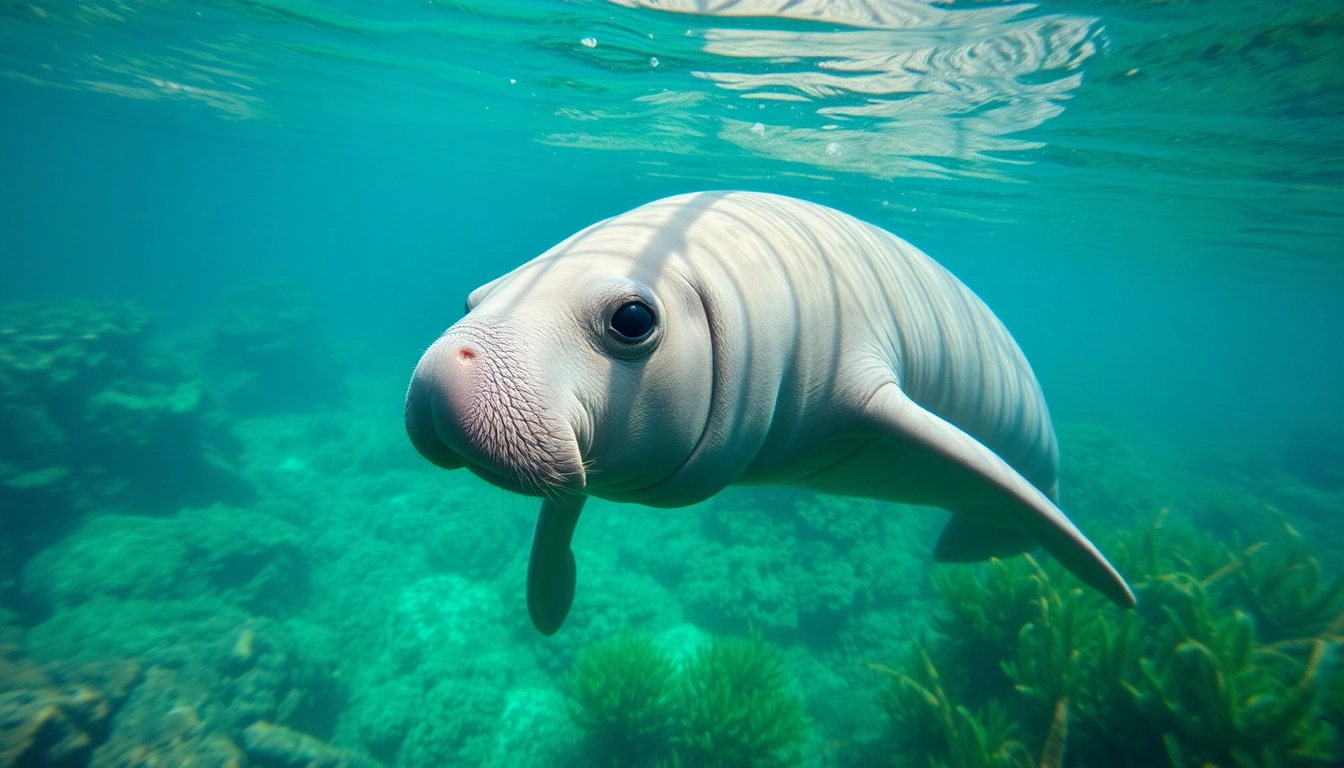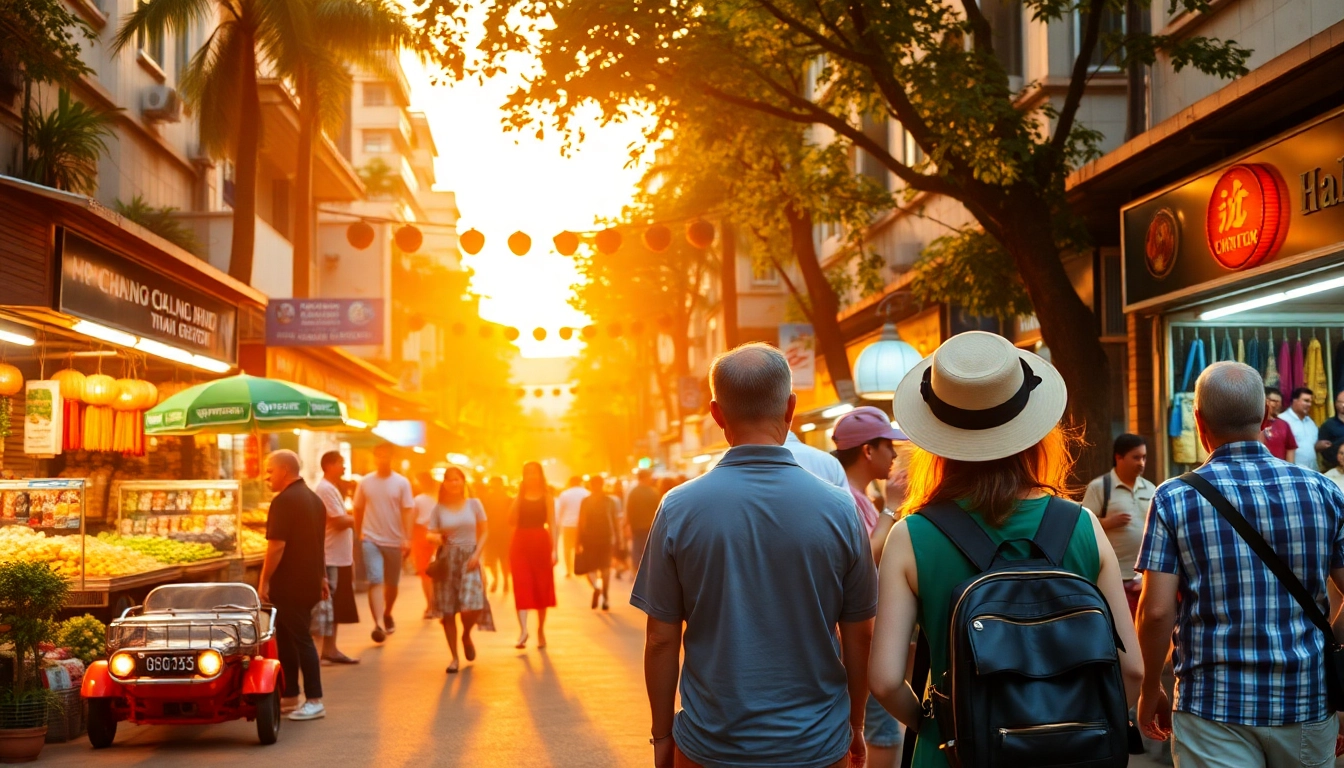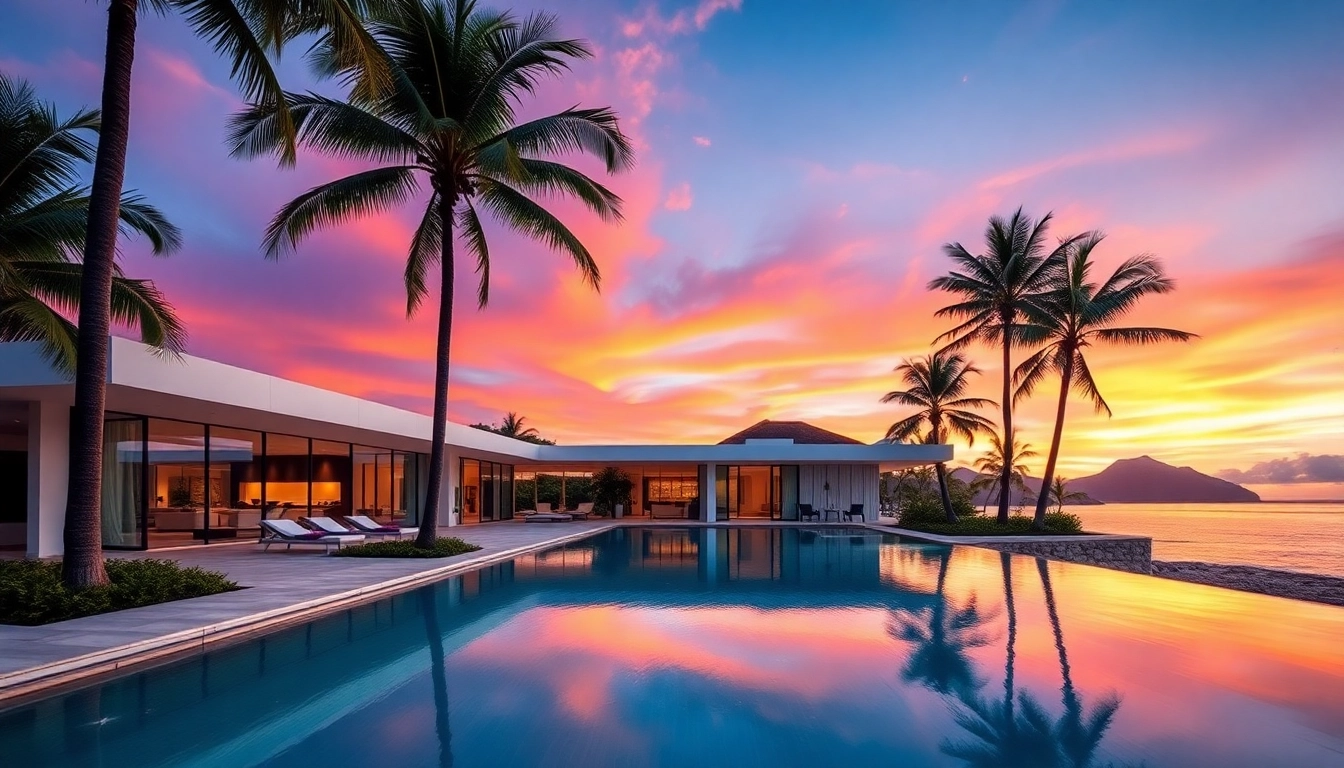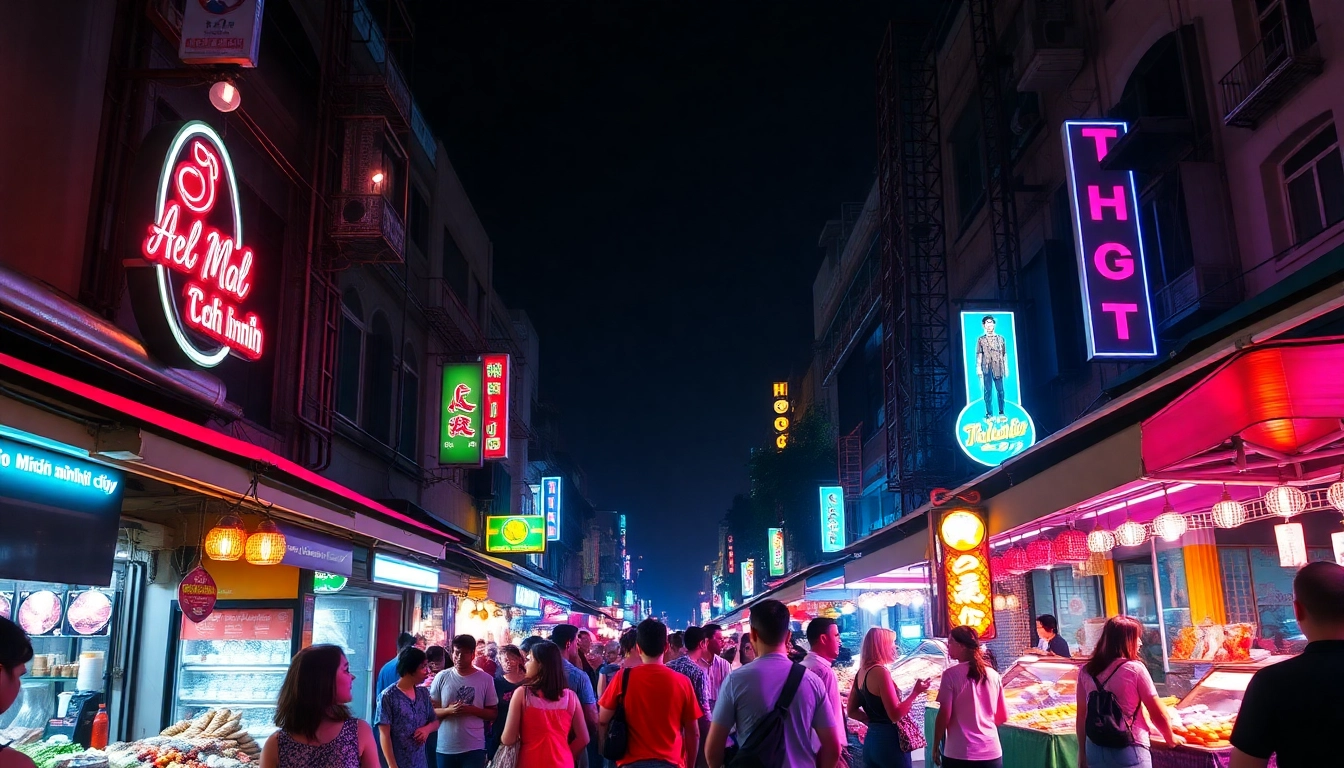Understanding Manatees Puerto Rico
Manatees are gentle giants that roam the coastal waters of tropical and subtropical environments, including the beautiful waters around Puerto Rico. Known for their docile nature and unique characteristics, these marine mammals often capture the hearts of those fortunate enough to encounter them in their natural habitat. In this exploration of manatees puerto rico, we will delve into their biology, importance to ecosystems, and the opportunities available for observing these magnificent creatures.
What Are Manatees?
Manatees belong to the family Trichechidae and are often referred to as “sea cows.” They are large, fully aquatic mammals and can grow up to 13 feet long, weighing between 800 to 1,200 pounds. There are three recognized species of manatees: the West Indian manatee, the Amazonian manatee, and the African manatee, with the West Indian manatee being the most commonly found species in Puerto Rico. Characterized by their paddle-like flippers and a flat, rounded tail, manatees primarily feed on seagrass and other aquatic vegetation, playing a pivotal role in maintaining healthy seagrass beds that support diverse aquatic ecosystems.
Habitat and Distribution
In Puerto Rico, manatees inhabit various coastal areas, including bays, lagoons, and estuaries, where shallow waters provide an abundant food supply. They are known to frequent the southern coast of the island, particularly areas like the La Parguera Nature Reserve and the waters surrounding Vieques Island. Their preferred habitats feature calm, warm waters, rich in seagrass and other plant life, which promotes their growth and sustainability. However, their populations are threatened due to habitat loss, pollution, and human activities. Therefore, understanding their habitat requirements is crucial for their conservation.
Importance of Manatees to Ecosystems
Manatees play an integral role in the health of marine ecosystems. By grazing on seagrasses, they help maintain the health of these vital habitats, promoting growth and allowing light to penetrate the water column, which supports other marine life. Healthy seagrass beds are essential not only for manatees but also for fish, invertebrates, and other marine species that rely on them for habitat and food. Furthermore, manatees help in nutrient cycling within their ecosystems, supporting a diverse range of life forms and improving water quality.
Best Locations to See Manatees Puerto Rico
For those eager to observe manatees in their natural habitat, Puerto Rico offers several prime locations. Whether through organized tours or self-guided experiences, visitors can find numerous opportunities to encounter these gentle giants. Below are some of the best locations to see manatees in Puerto Rico.
Snorkeling Spots
Snorkeling with manatees is becoming an increasingly popular activity in Puerto Rico, especially at specific locations where manatee populations are known to thrive. One recommended spot is the waters around La Parguera, which is renowned for its biodiversity. Here, snorkelers can glide alongside manatees in a protected marine sanctuary. Tours typically include equipment rental and the guidance of knowledgeable instructors who emphasize safety and environmental conservation.
Kayaking Tours
Exploring coastal waterways via kayak allows adventurers to get close to manatees while maintaining a respectful distance. Several guided kayaking tours operate throughout Puerto Rico, particularly in regions such as the Fajardo bio-luminescent bay and the lagoons near San Juan. During these tours, participants are often educated about the behavior and habitat of manatees, maximizing the experience while ensuring that these animals are treated with care.
Wildlife Observation Areas
Various wildlife observation areas across the island provide opportunities for viewing manatees in the wild. The Condado Lagoon, located in San Juan, is noted for manatee sightings, particularly in the early morning hours. Along with manatees, visitors may observe a variety of bird species and other wildlife, making it a great spot for nature photography and quiet reflection.
Conservation and Protection Efforts
Due to declining populations and habitat degradation, concerted efforts are underway to protect and conserve manatees in Puerto Rico. Understanding these initiatives can empower individuals to participate actively in safeguarding these majestic creatures for future generations.
Local Conservation Centers
Several conservation centers play a crucial role in manatee rehabilitation and education. The Caribbean Manatee Conservation Center in Bayamón, for example, focuses on research, restoration, and public education regarding manatees and their ecosystems. These centers often provide volunteer opportunities, educational programs, and tours that highlight the importance of conservation efforts.
How to Help Manatees
Individuals interested in supporting manatee conservation can take various steps. Educating others about manatees and their plight, participating in local conservation programs, and minimizing activities that could disrupt their habitats are all vital. Additionally, supporting responsible tourism and participating in clean-up efforts can contribute significantly to preserving their delicate ecosystems.
Legislation and Protection Initiatives
Manatees are protected under various laws and regulations, including the Endangered Species Act. These legal frameworks aim to conserve manatee populations and their habitats while providing guidelines for human activities in sensitive areas. Continued research and policy advocacy are essential for adapting these laws to better protect marine mammals as they navigate changing environmental conditions and human impacts.
Experiencing Manatees Puerto Rico
For visitors wishing to experience manatees firsthand, many guided tours and interactive experiences are available throughout Puerto Rico. These immersive opportunities allow participants to engage with local ecosystems while supporting conservation efforts.
Guided Tours and Experiences
Many local tour operators offer guided experiences specifically designed to educate participants about manatees and their habitats. These tours often include educational briefings on manatee behavior, their ecological role, and conservation challenges they face. Participants are encouraged to observe safely and respectfully while enjoying the extraordinary experience of interacting with manatees in their natural environments.
Interaction Guidelines and Best Practices
To ensure that interactions with manatees are safe and respectful, visitors should adhere to established guidelines. It is essential to maintain a distance of at least 10 feet from wild manatees at all times. Avoid touching or chasing them, as this can cause undue stress. When participating in organized tours, following the instructions provided by guides is crucial for both personal safety and the well-being of the manatees.
What to Expect During Your Visit
Visitors looking to encounter manatees should prepare for various experiences. Depending on the season and location, sightings can vary; therefore, patience is vital. Tours may combine snorkeling, kayaking, and wildlife observation, allowing for a multi-faceted introduction to the local marine environment. Be prepared for captivating moments, from witnessing manatees grazing to enjoying the overall beauty of Puerto Rico’s rich biodiversity. Each experience can be uniquely rewarding, connecting you to the essence of marine conservation.
Frequently Asked Questions
When Is the Best Time to See Manatees in Puerto Rico?
The best time to see manatees generally aligns with warmer months when they are more active. They tend to be sighted frequently from late spring through early fall. However, manatees can be spotted year-round in warmer coastal waters. Early mornings are often the most reliable times for spotting them, as they surface to feed and breathe.
What Should I Bring for a Manatee Tour?
When preparing for a manatee tour, it’s essential to bring appropriate gear to ensure a comfortable and safe experience. Essentials include swimming attire, a towel, sunscreen (preferably reef-safe), a hat, and reusable water bottles to stay hydrated. Snorkeling equipment is often provided, but if you have personal gear, bringing it might enhance your comfort.
Is Swimming with Manatees Safe?
Swimming with manatees is generally considered safe when conducted under proper guidelines and with respect for these gentle animals. Following local regulations, maintaining distance, and using reputable tour operators who prioritize the welfare of manatees are keys to ensuring a safe and enjoyable experience.



